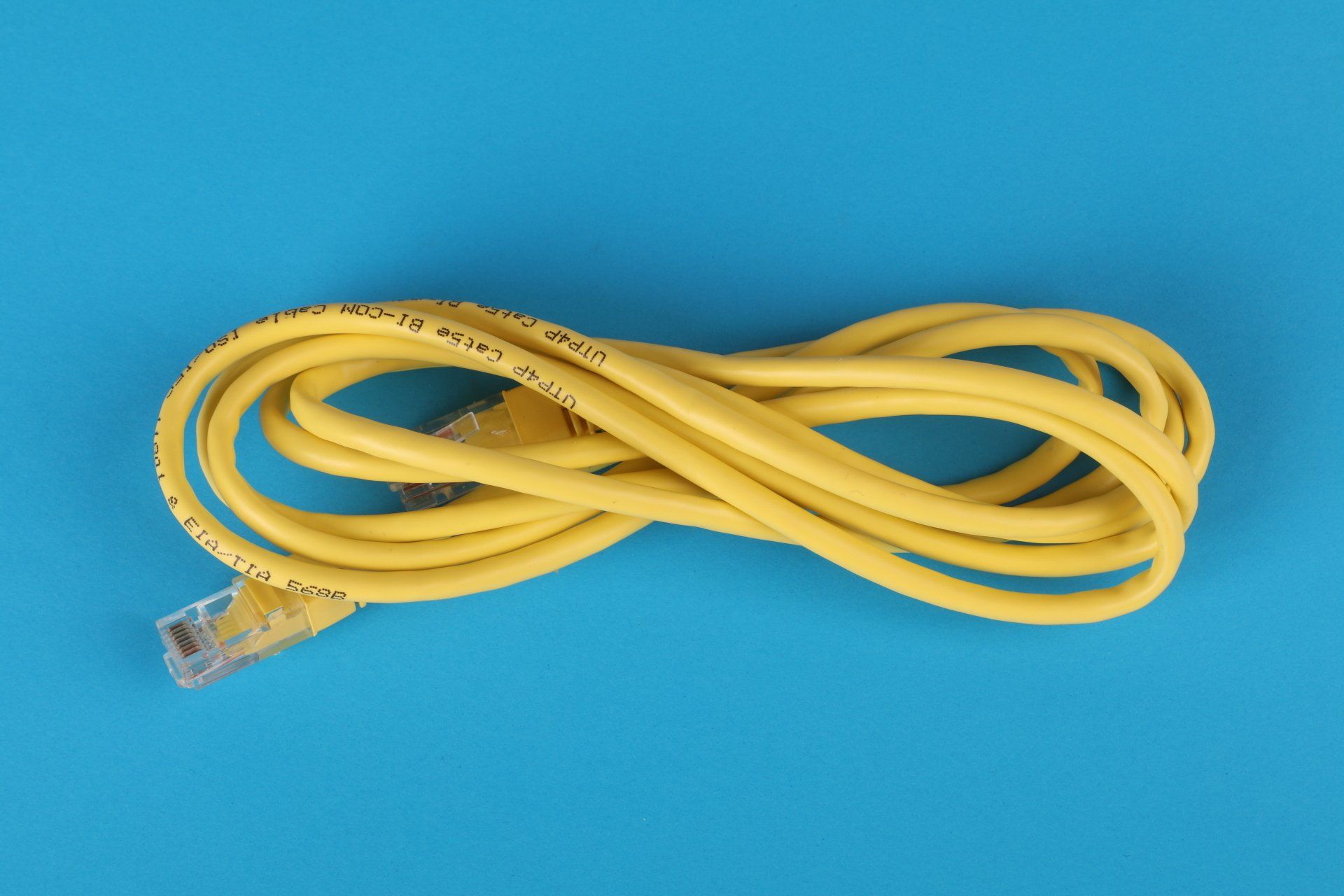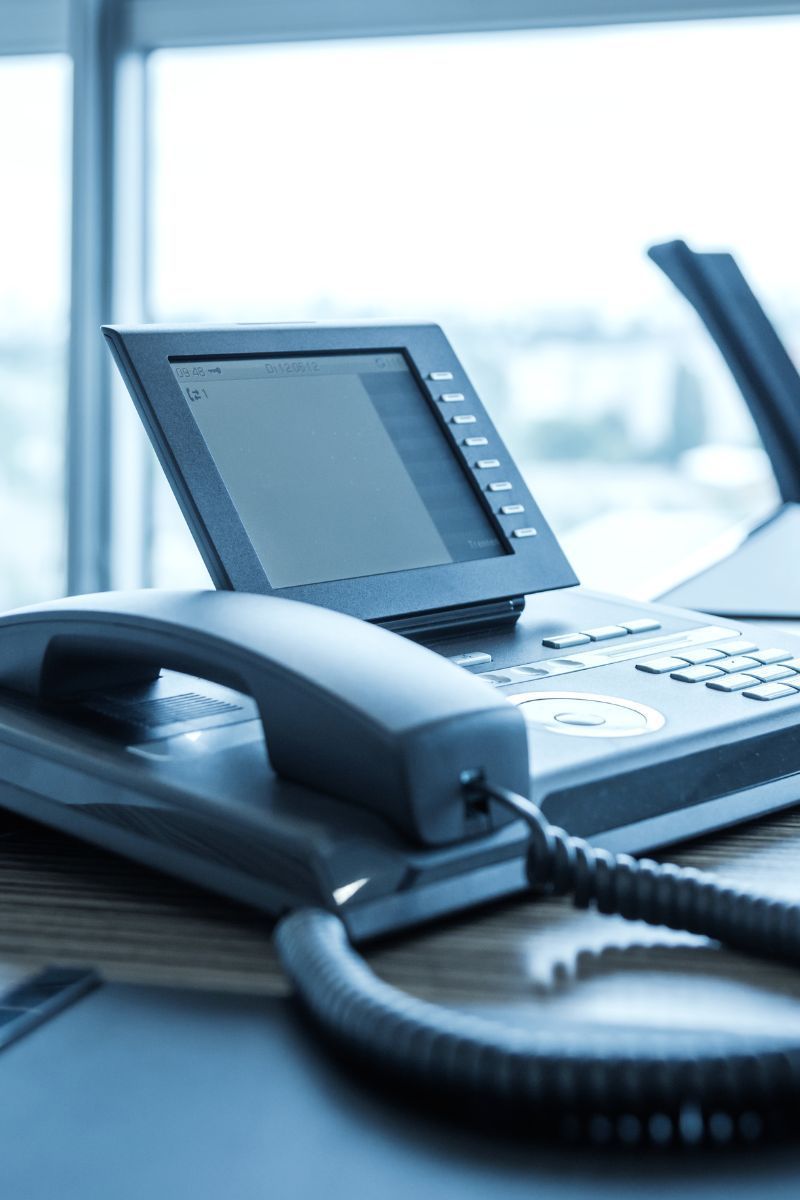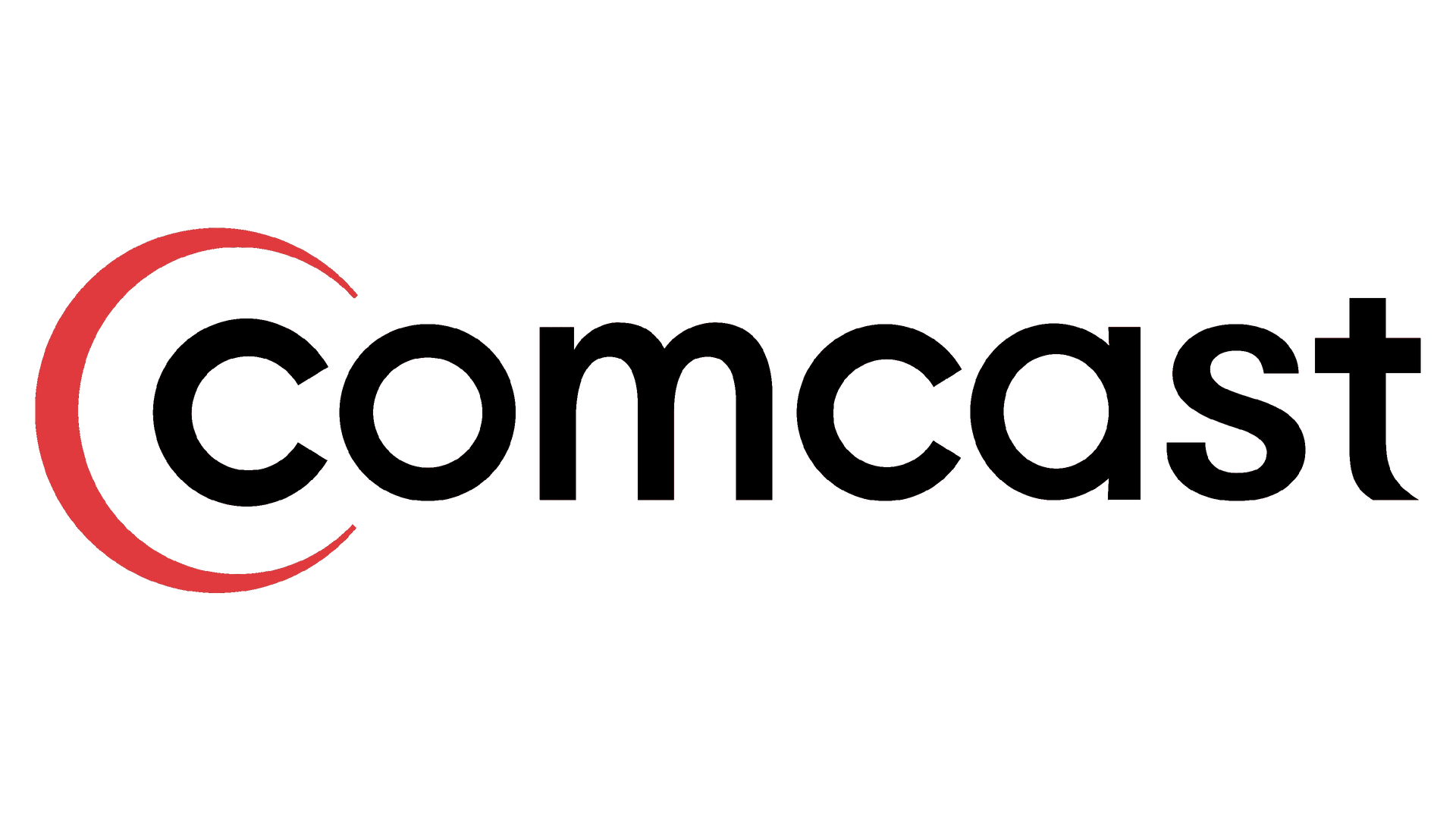Book a FREE discovery call today! 813-388-4935
Your One-Stop Shop For All Your Telecommunications Needs—Greater Tampa Bay Area & Nationwide!
Taking Advantage of Tax Write-offs
Businesses continually seek to keep their hard-earned income in their pockets rather than line Uncle Sam’s pockets with dollar bills.
There are many legal methods companies can use to reduce their tax burden. One section of the tax code which provides a great tax boon for businesses is section 179.
Often, anything tax related is a headache for small- and medium-sized businesses, but the rules for section 179 are not overly complicated.
The Basics
Before we get into our discussion on section 179, it is a good idea to review some basic concepts. Almost every business needs to purchase capital equipment. This is furniture, machinery, software, and other items that provide value to a company for more than one fiscal year. Accounting and tax rules require that these capital assets be recorded on a balance sheet and a periodic expense be recorded to reduce the value of the asset. The estimated life of a piece of equipment helps calculate the annual expense which a business can claim. Let’s illustrate this concept with a simplified example:
A business purchases an office desk for $3,000 (it was a really fancy desk!) and expects the desk will have a useful life of 10 years. The desk will be used in the same manner every year and the benefit received yearly will be constant, therefore, the company will deduct $300 ($3,000 divided by 10 years) as an expense every year for 10 years. At the end of 10 years, the desk will have no value in the company’s accounting records.
As a business, you can decide the type of amortization method you want to apply to each capital asset your company owns, but for tax purposes, the IRS establishes depreciation periods and rates.
Let’s Get to Section 179
This tax regulation permits business to expense a capital asset in its entirety during the year of purchase. If you take the example provided above, you would be able to claim a $3,000 expense for the desk in the year you purchased it, substantially reducing your income for tax purposes and your tax bill. This concept is known as first-year expensing.
How Can Your Business Benefit?
First of all, you have to know that not all capital assets are eligible for first-year write-offs. Stay away from the following purchases if you need to write them off fully in the first year:
Land and any permanent fixtures to it, including buildings, parking lots, and so on
Intangible property like trademarks, copyrights, and patents
Inventory
HVAC Systems
Property outside the US
This implies that software or equipment purchased, whether new or used, can be included in a section 179 tax write-off.
Deduction Limits
The amount which you can deduct as an expense is limited by tax rules as well. Due to a jittery economy, the US Congress has increased the limit for the past few years to $500,000. If Congress sticks to its past actions, the limit should not go down to its usual $25,000. For 2015, the higher limit has not yet been approved, but don’t fret: in 2014 the limits were approved by Congress and signed by President Obama on December 19. There is still hope for the current year.
RECENT BLOG POSTS



Contact info
8635 W Hillsborough Avenue,
Town 'N Country, FL, 33615
Serving Tampa Bay and Nationwide!
Contact info
8635 W Hillsborough Avenue,
Town 'N Country, FL, 33615















